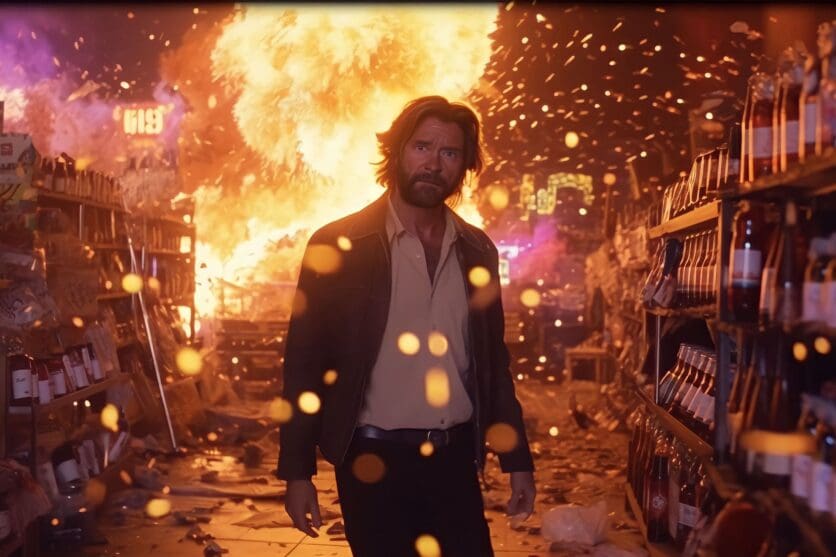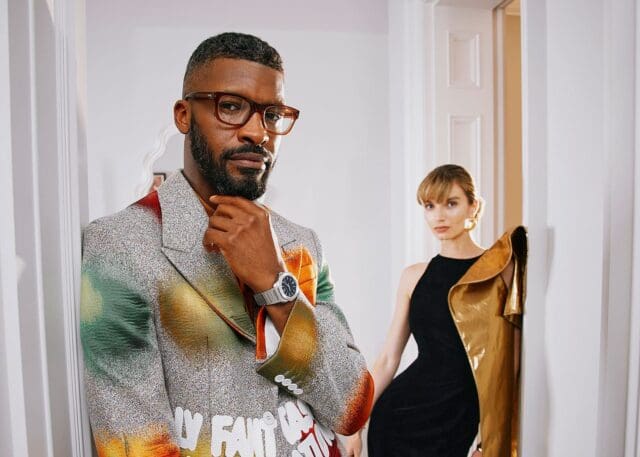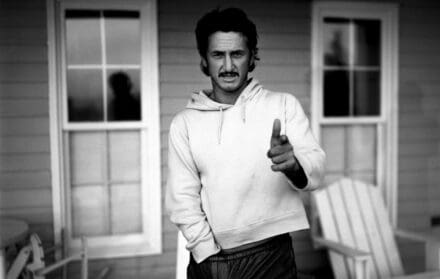
Artists and AI: Unpacking art generated by artificial intelligence
Is it still fairground novelty or a serious creative movement?
“Once or twice in every century, it seems, there is something that arrives which changes things.” So said Daniel Birnbaum, who leads the Royal College of Art’s course on virtual and augmented reality and AI, in The Telegraph last year. “Photography changed not just the distribution possibilities of art, but actually the ontology of what an art piece can be,” Birnbaum continued. “Right now, it’s similar to when the video camera arrived – or even moving film. It’s a transformation of that scale.”
Birnbaum could hardly be called a harbinger of doom when it comes to the use of AI in art; he runs a programme that is looking to charge students more than £3,000 for a five-day course. But he has a valid point that transcends any fealty to his employers. To dismiss art generated by artificial intelligence as mere copycat frippery is to negate the long history of how machines and creativity have interwoven.
There is, however, a problem with using history to sooth our anxiety about the current acceleration of Artificial Intelligence. In the past, technological leaps were inaccessible, at their outset at least, to everyday creative pierrots. The difference is that, right at this very moment, anyone with a laptop or smartphone can produce AI-generated art in less time than it took me to type this sentence.
When Ada Lovelace, the matriarch of computer science worked as the amanuensis to Charles Babbage on his analytical engine in the early 1840s, she imagined a machine that could have artistic, not just mathematical, applications. The analytical engine was based on the Jacquard loom, which revolutionised the textiles industry at the start of the 19th century by feeding in punch cards which instructed the loom whether or not to stitch.
By this method, a portrait of the loom’s inventor Joseph Jacquard, was woven into a tapestry on the loom with 24,000 punched cards. You might call this the first digitised image. Yet this technology was about as accessible to the average jobbing artist as a face to face meeting with Cezanne.
Compare the quantity of punch cards, plus the manpower and time involved in creating the portrait of Jacquard to the workload of Jason Allen, who submitted an AI picture to a US statesponsored art competition last year and took home first prize. Allen entered an artwork titled Theatre d’Opera Spatial to the ‘Digital Arts/Digitally-Manipulated Photography’ category of the Colorado State Fair fine arts competition using a text-to-image generator called Midjourney.
Many fellow entrants claimed that Allen had been deceptive in submitting the piece but the winner was robust in his defence. “I wanted to make a statement using artificial intelligence artwork,” he told reporters. “I feel like I accomplished that, and I’m not going to apologise for it.”
Allen had, undoubtedly, participated personally in the creation of the piece. Producing an awardwinning painting depicting a production of the 1875 opera Carmen required more dexterity and articulacy than simply typing in, ‘stage/opera/light/ Italy’ into an AI generator and waiting for his cash prize. Hundreds of attempts at text ‘prompting’ have to be made in order to create exactly what an artist is looking for.
This is a typical example of a prompt created by New York-based AI artist and designer, Nick St. Pierre: ‘35mm, 1990’s action film still, close-up of a bearded man browsing for bottles inside a liquor store. WATCH OUT BEHIND YOU!!! (background action occurs):: 1.2 a white Benz truck crashes through a store window, exploding into the background scene :: broken glass flies everywhere, flaming debris sparkles light the neon night, 90s CGI, gritty realism -- ar 16:9 -- style raw’.

Perhaps it’s this kind of staccato didacticism, fused with chaos and randomness, that appeals to Damien Hirst who, last year, embraced artificial intelligence with his The Beautiful Paintings. These swirly, abstract pieces were entirely AI generated; available in both hand-signed physical wood versions and in digital only NFT format.
Inevitably, the screams of ‘it’s not proper art’ aimed at Hirst and Allen et al are as bilious and fulsome as they were a century ago when Marcel Duchamp put a urinal into an art gallery. But what is ‘prompted’ AI art without the ‘prompter’? Surely, as long as the resulting work makes us feel something, then it has fulfilled its primary purpose. And whether the artist completed the job in 15 minutes or 15 years is hardly relevant if it has no emotional impact on anyone who looks upon it.


Damien Hirst with The Beautiful Paintings
If AI art is devious, then so was trompe l’oeil – the optical illusion of creating three-dimensional space on a two-dimensional surface – when it was used by artists in Ancient Greece and Rome. And if the definition of ‘art’ is something that is crafted by an uncommonly gifted hand, then we may as well also remove photography from the canon of legitimate art forms. If we’re happy to diminish Diane Aarbus as a woman with a machine who pointed it at things then, by that logic space travel is just a tin can flying to the moon and the Beatles were just four Scousers with a drum kit.
Despite the argument that AI is nothing more than a blitz of art history concertinaed, repackaged and repurposed, it would appear that something approaching a distinctive style is emerging. Looking at a series of AI art pieces generated by Midjourney (yes, the same tool used by that controversial prize-winner Allen) Roland Meyer, a researcher at Ruhr University Bochum, Germany, noticed some recurring features. Many AI pieces would “shine and sparkle, as if illuminated from within”, he said, while many also displayed “high dynamic range”, meaning differences in light levels within the image. And just as every pre-Raphaelite needed to know something (however hazy) about art history, and what they liked and disliked, before they can truly create, so the AI-generated artist, Meyer argued, also needs to know something of his analogue predecessors.
Try typing this prompt into an AI art generator such as Midjourney, Jasper, NightCafe or dall-e-2: ‘Jackson Pollock Vienna street scene’. At best you’ll get a smudged picture of paint on a road supplied by Google Street Map. This is not how state fair art prizes are won. AI art neophytes need to understand Jackson Pollock as much as Duchamp needed to understand Fauvism and Roussel before they can create something of true worth.
If there is a drawback to creating art using artificial intelligence then it is literature, and in the poverty of language’s ability to harness our deepest emotional reactions. This may explain why AI journalism and poetry is fathoms behind visual art when it comes to what we perceive as quality. Asking Chat GPT to write me a song about the 18th-century Spanish painter and etcher Francisco Goya, for example, yielded the following lyrics:
His legacy lives in each canvas, each frame,
A testament to genius, forever the same,
In Goya’s art, we find a reflection of self,
A painter whose truth transcends death’s stealth.
Shameful stuff. Perhaps this is because, by their very nature, words exist to describe things. The intention of art, by comparison, is to move us. To make us feel. Great art is ineffable, in a way that literature simply cannot replicate.
Which perhaps explains why AI continues to be so weak at creating prose, and increasingly successful at making worthy visual art. In visual art, artificial intelligence has already begun the shift from cerebrally fooling us, to moving us emotionally.
Read more: Peggy Guggenheim, Venice and London’s ‘lost’ gallery






